Director Peyton Reed On The Movies That Inspired 'Ant-Man And The Wasp', Magic, Easter Eggs And The Editing Process [Interview]
Ant-Man and the Wasp is in theaters and I can now share with you my interview with director Peyton Reed. We get sidetracked talking about E.T., and then discuss how the development process of the sequel was different from the first film, the film's close-up magic subplot, the films the inspired the sequel, how they accomplished the shrinking effects for the film, hidden easter eggs to look out for, the editing process, and how much longer the assembly edit of the film was.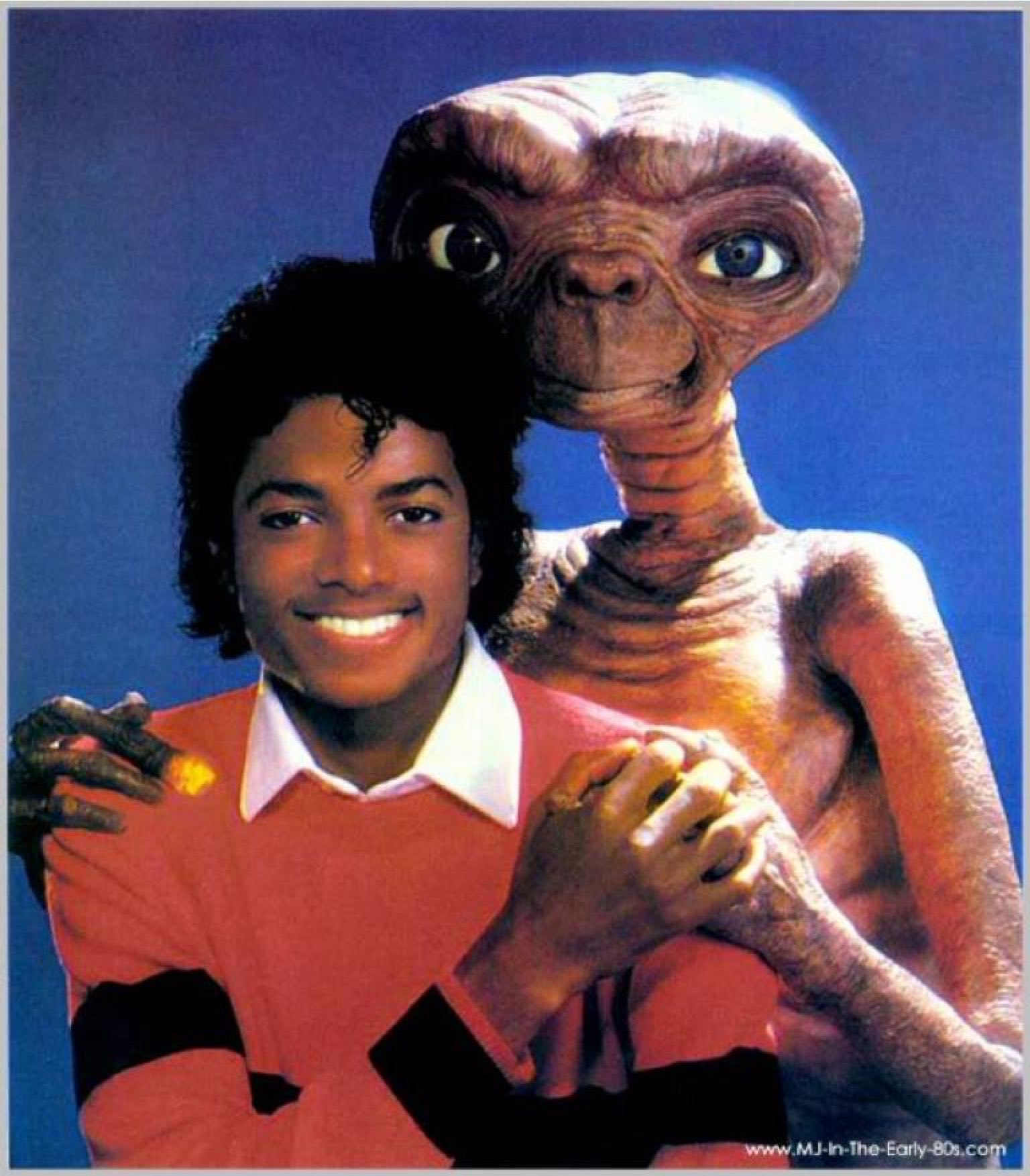
[Note: Peter was wearing a t-shirt with the above image on it, which Peyton brings up as he walks in for the interview]
Hey, Peyton.
How's it going?
Good, how are you?
Good to see you.
Peter: Good to see you too. Yeah.
That t-shirt is amazing.
Feige said that Taika [Waititi] has a poster of this in his production office.
He does. I actually have the picture disc.
Oh you have that–?
Yeah. I'm ashamed to say. Ashamed slash proud to say.
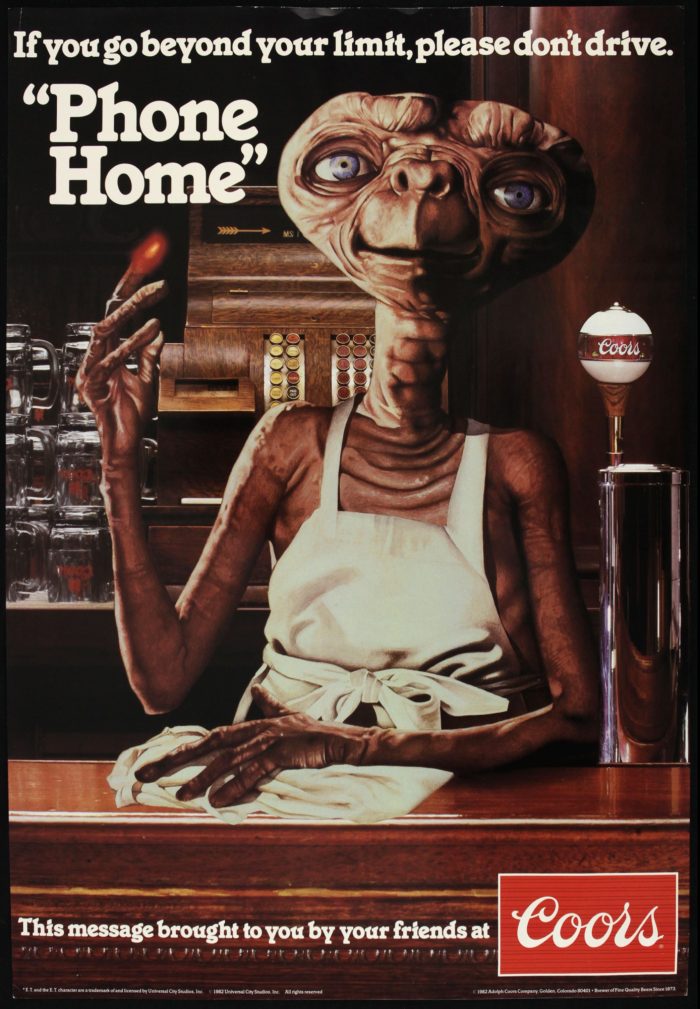 I've never owned that. I do have the E.T. Coors advertisement on my office wall. It's insane it exists.
I've never owned that. I do have the E.T. Coors advertisement on my office wall. It's insane it exists.
Is that real?
Yeah, he's behind the bar and it says, before you drive, phone home.
[laughs] Nice. I was wondering like how they would tie Coors into E.T. Makes sense.
Yeah, they would never do that today... Well, it doesn't make sense.
No. Kids, if you're gonna drink Coors Lite...
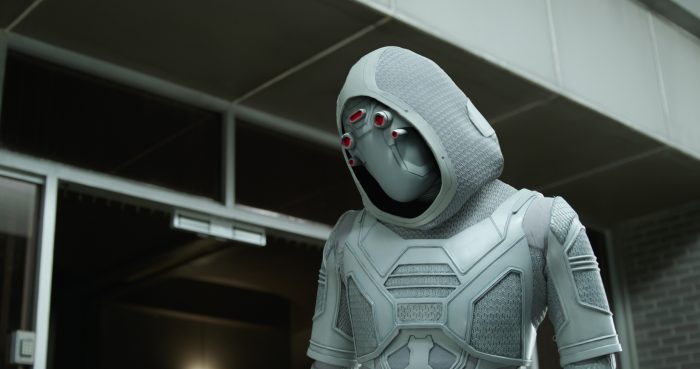 When you came up to the first film, obviously you came on late into the process. This one you were very actively involved in development. How does that begin? Like, do they have like an idea? Do they like we wanna do a story with Ghost? Like how does...?
When you came up to the first film, obviously you came on late into the process. This one you were very actively involved in development. How does that begin? Like, do they have like an idea? Do they like we wanna do a story with Ghost? Like how does...?
No, it really is like us getting in a room with the writers. And really talking about all the things that we setup in the first movie that we know we wanted to pay off or further in this movie. And really sort of just batting around just general ideas. There's no template whatsoever. Which is really nice. And particularly for the Ant-Man movies, which we didn't have any of the narrative responsibility of dealing with Infinity Stones or anything like that. So we could operate in our own little corner. What we did know is that this movie had to be not only a sequel to Ant-Man but also to Civil War. You couldn't ignore what–
And you knew like right away that this is gonna take place before Infinity War. We don't have to deal with that.
Right away we knew it really just had to deal with Ant-Man and Civil War. We knew we were gonna come out before Infinity War. But we really didn't deal at all with if we were going to have to or not have to deal with any of the fallout of that movie. Or if we were, how directly or indirectly we were gonna address it in the body of our movie. There were various ideas that we and the writers threw around for a long time. So it was really just amassing what the story was gonna be. And then sort of figuring out that aspect of the movie later into the process. But we knew we had to deal with, I knew I had very strong feelings about well if Scott had taken the suit and gotten involved with the in-fighting with the Avengers, that's Hank Pym's worst nightmare. You're taking my tech that I've entrusted with you and exposing it to the Avengers and exposing it to Tony Stark and then also getting thrown into the Raft and the suit's confiscated. Like that's, that is a fireable offense as far as Hank Pym's concerned.
So we knew that that was a great starting point for this movie. Starting Hank and Hope and Scott estranged from each other. I liked that. That gave us a really great jumping off point. And also a point that like I've never done a sequel before. And I can only go by what I like and don't like in sequels. And I like in sequels when the first movie doesn't start right as the first one ends, where there's water under the bridge and the audience has to play some catch-up as to like wait, what happened to them? Why are they not speaking? What's going on? That was exciting to me.
One of the early scenes in this movie is the fantastic sequence where they're in that fort with the slide stuff. It reminded me in a way of The Goonies and there's nothing really like that. I guess the Rube Goldberg thing.
Yeah.
What movies did you take as inspiration going into this?
I think the biggest inspirations were when we talked about the first movie really [being] sort of a heist movie. We wanted to stay in the crime genre in this thing. And we really talked a lot about like structurally like Elmore Leonard novels. Like what if Elmore Leonard wrote a science fiction novel and Marvel made a movie of it? That was sort of our jumping off point.
But we really looked at movies like Midnight Run was a big influence in that there's a very simple goal. De Niro's a bounty hunter, he's gotta bring in Charles Grodin, but then there's the rival bounty hunters and the FBI and all these complications and double-crosses that happen. That'd be a cool template for a Marvel movie. And After Hours, the Scorsese movie, was a big one. We liked the idea of a very specific timeline, just over a couple of days. Scott Lang has three days left of house arrest. What could possibly go wrong? Yeah, that was the, you know, really was just kind of like one crazy night idea.
Of course Bogdanovich's What's Up, Doc? was a big influence. A movie I loved as a kid and we screened at Marvel and it's like here's the ridiculous comedic car chase through San Francisco. And also the chemistry between Streisand and Ryan O'Neal in that movie. And that was a big one.
And then just again, always going back to like the, I think the Ant-Man movies are different than a lot of the other things in the MCU in that all the action sequences are really they come from a comedic place. And Buster Keaton is a giant influence. I went back and watched Seven Chances again, which has to me the greatest chase scene of all time in a movie.
And also to me like one of the earliest examples of a ticking clock in a movie. You know, if you're not married by 7:00 PM on your 27th birthday, you're gonna not get this 20 million dollars or whatever it was in the movie. Like that kind of thing was like okay, that's what we're doing. We, if we can make a connection to the Quantum Realm and we can get Janet's location, great, but there's a finite amount of time that we have to do it. And it's good for the drama and it's good for the comedy.
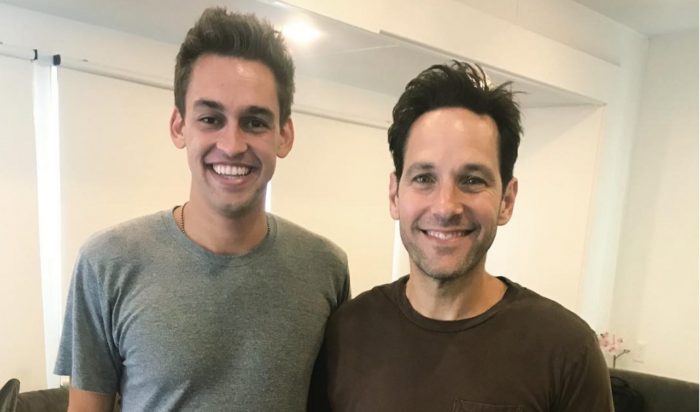 I'm a magician. I'm a member of the Magic Castle.
I'm a magician. I'm a member of the Magic Castle.
Nice.
So I really dug the magic stuff in this. And I–
Do you know Blake?
Yeah, I know Blake. Blake's a good guy, he didn't tell me he was in this. Where did [the magic subplot] come from?
I think the subplot started with I think it was Chris McKenna and Erik Sommers, the writers. And we talked about it with Paul. We talked about all the things, like if Scott Lang is on house arrest for essentially for two years, all the things he's gonna do to try and entertain not only his daughter, but himself and we were all fans of close-up magic. And I think it was Chris and Erik who came up with the idea of the online close-up magic. And the idea is like that's so up Scott Lang's alley.
But then how it could sort of filter into the larger plot. And this ridiculous specific thing that he did under house arrest culminating in this idea of like this is my plan to how to lure Ghost out. Misdirection, you know. And so we just kind of went with it.
[Note: slight spoiler coming up, skip to the next question if you haven't seen the movie]
And it even informed a gag we do late in the movie with the Giant Man suit, where they're trying to create a diversion for Scott to get back home in the Giant Suit and it deflates. And we never explain in the movie how he did it. You see Scott running away in his underwear. We never explain it and we thought a lot about, like do we need to get more specific about how to explain this? And it's like no, man, it's we've set it up. It's magic. The magician never gives away his secrets.
And it was a great thing for Randall Park and for Paul to play. Like Randall Park who's Agent Jimmy Woo, who's tasked with enforcing the house arrest. But he also kind of is a little envious of Scott. He digs Scott and he's really intrigued by that magic. And you see him in his office practicing the magic. It was fun comedically and weirdly dramatically.
How did Blake get involved?
Well we needed a technical consultant and...
And he's the guy.
He's the guy, man. And when he was on set, he came around several times when we were doing just the simple card tricks and we were doing some of the other stuff. And he would always do tricks for the crew. And it was just I'm blown away by that stuff. I don't have to tell you. You know.
He's amazing.
You're a member of the Magic Castle. That stuff blows me away.
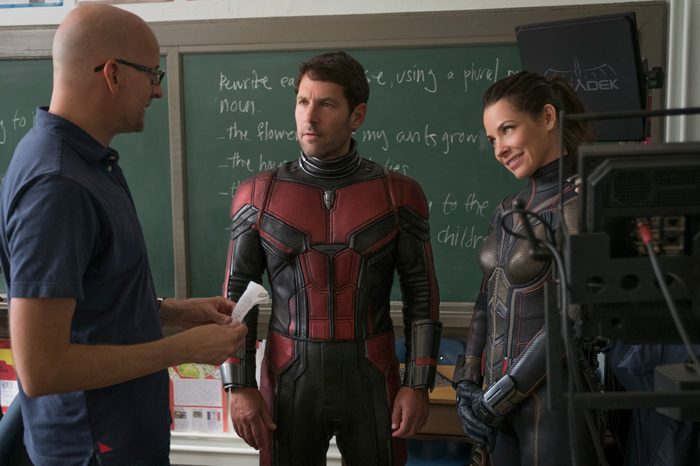 One sequence in this movie that I found particularly funny and amazing is the high school scene where Scott's changing sizes. I can't imagine from a technical aspect of how you film that 'cause you have Hope in the same shot. How does that work?
One sequence in this movie that I found particularly funny and amazing is the high school scene where Scott's changing sizes. I can't imagine from a technical aspect of how you film that 'cause you have Hope in the same shot. How does that work?
Yeah. I have to tell you, there's a lot of complicated stuff happening in the movie and in that, it's a relatively short sequence in the movie. And when you look at it...
Most of the time you can write off it's CG. But in that scene like it just doesn't seem...
Yeah. And it was weird, because most people will see that scene, it's like, okay, that's funny. I laughed. But like 'cause it's kind of the most mundane scene in terms of the way it's shot and you're just in a school and he's different sizes. But it was the most headache-inducing technical challenge out of everything in the movie, because it's in a mundane, it's in a school. You know what that looks like. And you just want it to be photo real. But the math involved, 'cause he's two feet tall, then he's big, then he's three feet tall. And it constantly changes. And the visual effects department has to do all the literal algebra to make it work and to shoot these plates. It was so meticulous and I think I rarely get frazzled on the set, but those couple of days we were doing that it was like...
So are you ever creating like multiple versions of that set in different sizes or is it just the like green screen?
Only the janitor's closet. The closet was the one that we did sort of a different scales of stuff. And of course for the, when he's running down the stairs at the end, that's the real location, but then we built this insane scale to green screen staircase for Paul to go down.
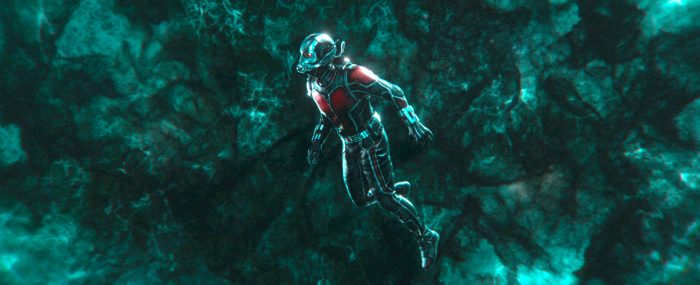 Yeah. And the first film had Janet kind of hidden in there. You hid here in the Quantum Realm. Is there anything we should be looking out for in viewing this one? Peyton: Yeah, there's a lot of little-hidden things. I mean, definitely as you go through Hank Pym's laboratory, on the practical set and then some of the stuff we added later digitally, there are a lot of weird, little Easter eggs and things. And then as we kind of go further down into the Quantum Realm in this movie, there definitely is some things to sort of look for. That was a challenge, the Quantum Realm, 'cause it really could be infinite. It could be anything. And figuring out how much of our story took place in the Quantum Realm and particularly like designing that last act that cross-cuts between the chase and the Quantum Realm. But there's stuff to look for in there definitely.
Yeah. And the first film had Janet kind of hidden in there. You hid here in the Quantum Realm. Is there anything we should be looking out for in viewing this one? Peyton: Yeah, there's a lot of little-hidden things. I mean, definitely as you go through Hank Pym's laboratory, on the practical set and then some of the stuff we added later digitally, there are a lot of weird, little Easter eggs and things. And then as we kind of go further down into the Quantum Realm in this movie, there definitely is some things to sort of look for. That was a challenge, the Quantum Realm, 'cause it really could be infinite. It could be anything. And figuring out how much of our story took place in the Quantum Realm and particularly like designing that last act that cross-cuts between the chase and the Quantum Realm. But there's stuff to look for in there definitely. 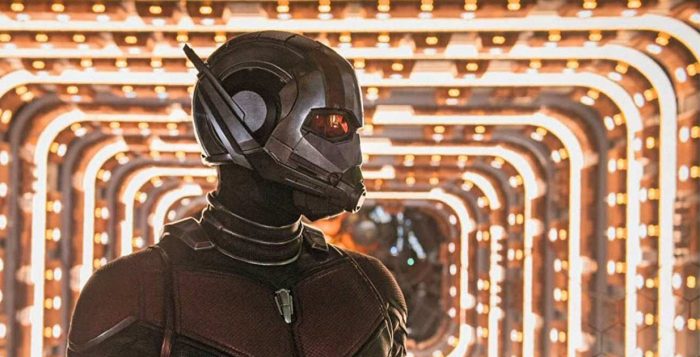 And my last question is involving that because at the press conference you were talking about the editing of that last act. I wonder like how long was the assembly cut 'cause there's probably a lot of improv.
And my last question is involving that because at the press conference you were talking about the editing of that last act. I wonder like how long was the assembly cut 'cause there's probably a lot of improv.
The editor's assembly before I even start a director's cut was still pretty lean. I think it was like two hours and 20 minutes.
That's not bad.
And I had this whole like, this is was my mantra on the first movie and this one. It's like it cannot be over two hours. It's amazing how fast Infinity War moves at whatever it is, two hours and 45 minutes. It moves. But because this is comedic and because it is a more intimate story, it just feels like it wants to be, I like really dense, tight movies. And I also like hopefully that it's a repeat viewing experience. But yeah, it's, it was I think maybe 2:20 and then just getting it down. A lot of the stuff suggested itself but really as you sort of start to cut for action and for comedy, it starts to tighten. And there's, then there are the things where it's like oh this thing is great, but I don't think there's a place for it in the story now. You know, those things where you have to execute a scene.
Yeah. Well thank you so much, Peyton.
Yeah, thank you. Good to see you.
